Eight tips to jump start your social community.
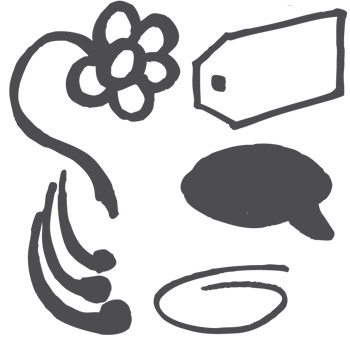
HighEdWeb becomes Digital Collegium on Nov. 1. Discover the new brand

Eight tips to jump start your social community.

What’s the best way to work with faculty in very technical fields, or with material that is tough for the public to understand?

I found support to persevere in my task; it was like hearing an inner voice telling me I can do this –except it wasn’t an inner voice, it was real people encouraging me by tweets.

Near Field Communication (NFC), rather than QR codes, is poised to transform location-based services
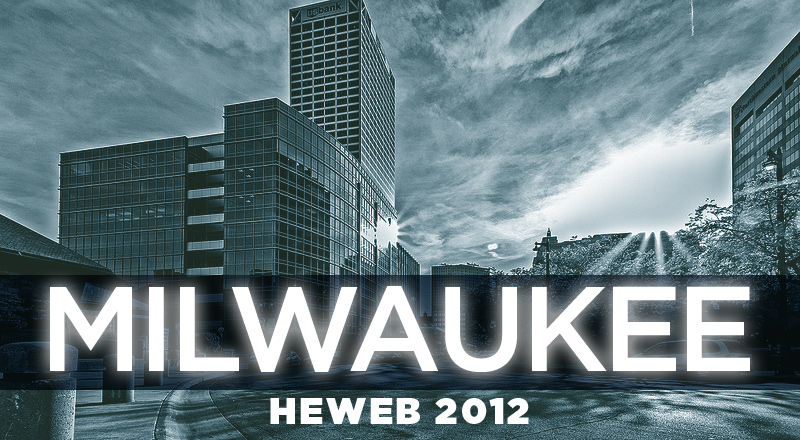
What #heweb12 sessions or workshops are members of the Link staff most excited about? Find out after the jump.
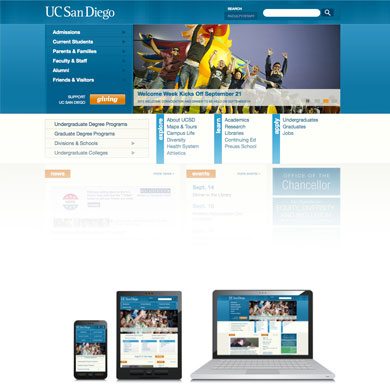
UCSD’s deployment of responsive design transformed thousands of web pages to optimally function on any device on the market today– and makes them future-ready for devices yet to be developed.
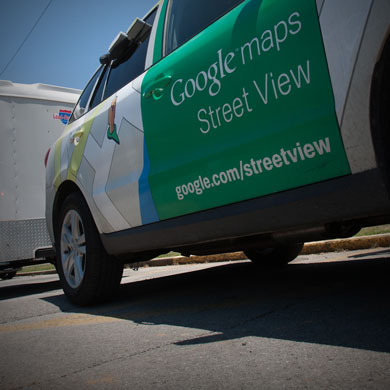
What’s it like to to be part of the Google Street View Partner Program? Corie Martin takes us inside.
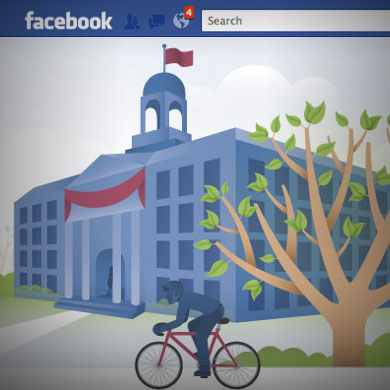
Ma’ayan Plaut’s disillusionment with Facebook : saga in two parts

As access to Web-based services has become an essential part of higher education, universities across need baseline testing to demonstrate compliance with state and federal laws.
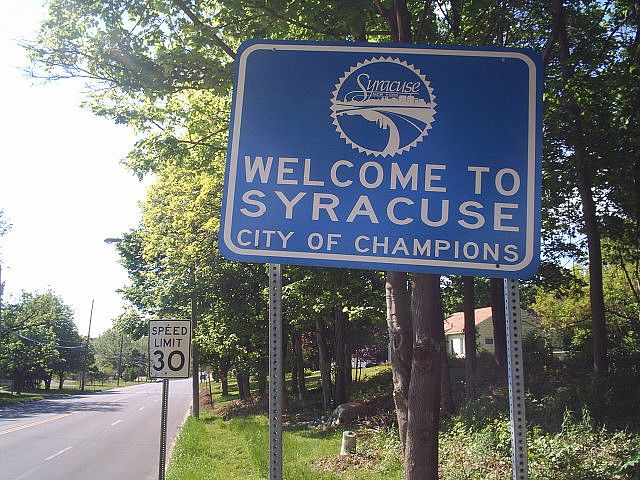
HighEdWeb Syracuse brought Web professionals from across five states and three countries for a packed day of sessions covering everything from crisis communications and student social media ambassadors to Wordpress plug-ins and mobile learning.
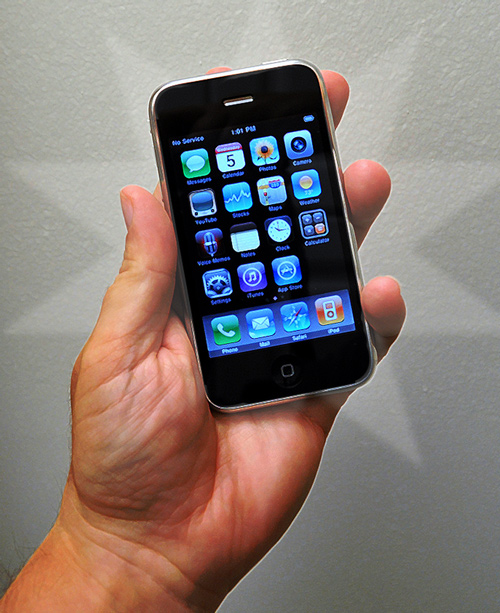
Nicholle McGill reports out on mobile’s next steps

FInd out the best methods for adding new functionality to your WordPress site.
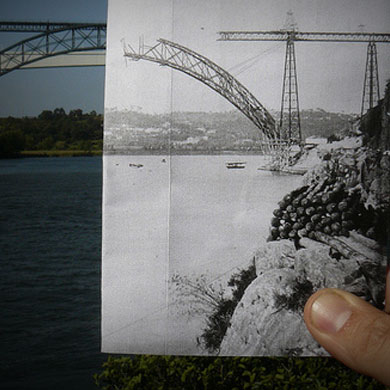
Déjà vu all over again.
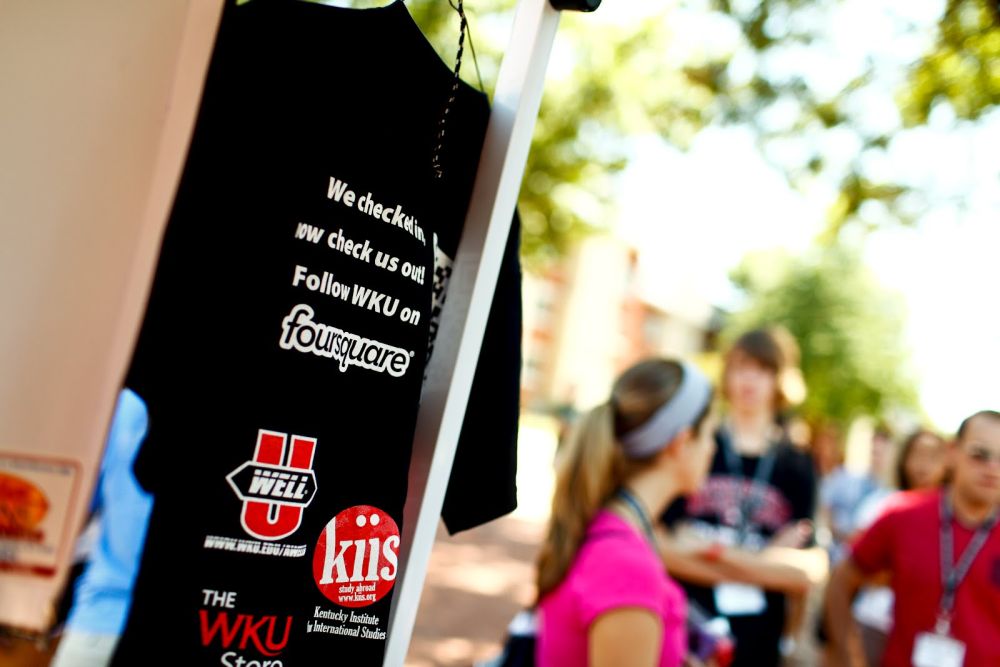
When we got to thinking about cool, new, free things we could do on campus for our students, Foursquare made a lot of sense.
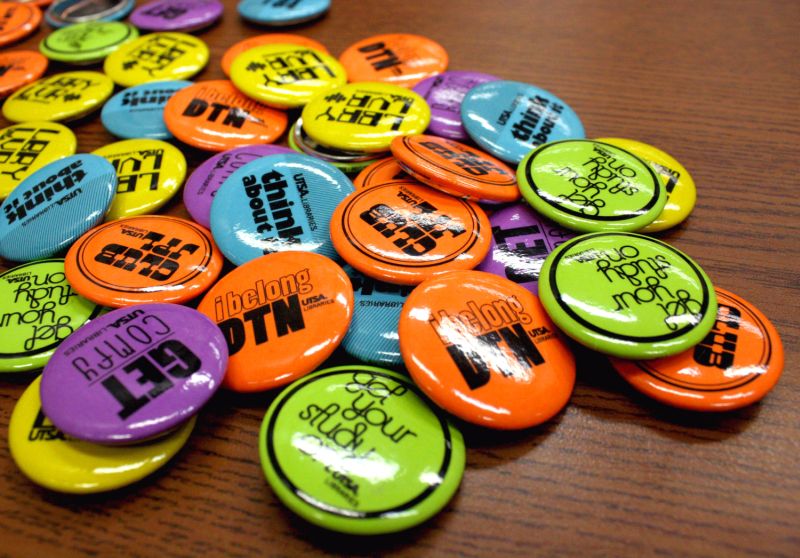
In the age of Facebook, Twitter, YouTube, FourSquare and SCVNGR, there are new ways to engage your audience that are inexpensive and interactive, without sacrificing impact.

Understanding the web as public versus private, or Internet versus intranet, is a simplification that does not reflect the significant differences that exist in nearly every higher education web site –there are six components that make up college and university web sites today.

The basic tenets of play enable us to explore new and innovative solutions in safe spaces, to experiment in ways perhaps not possible in “real” life, and to motivate one another (and ourselves) to take much-needed and desired actions.

You can get a LAMP (Linux, Apache, MySQL, PHP) server up and running in just 30 minutes.
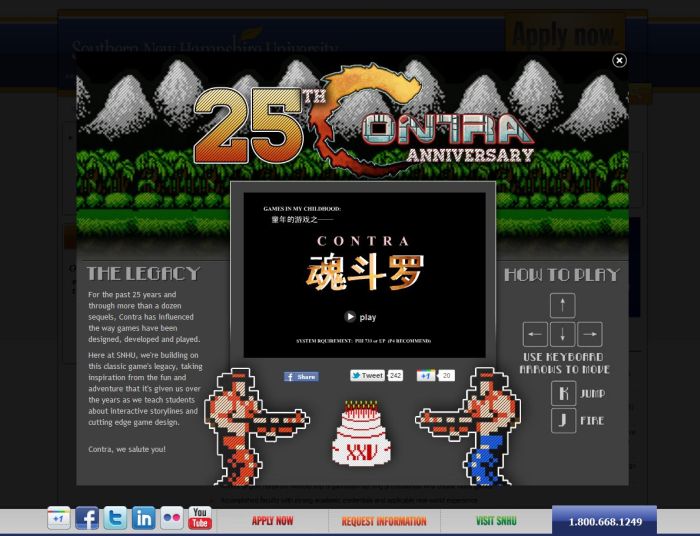
When up, up, down, down, left, right, left, right, B, A is added to a higher ed site, magic happens.
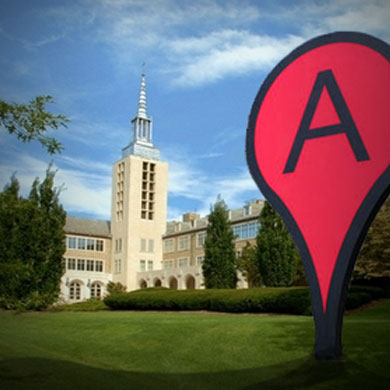
If you take the time to add a sufficient level of detail to your campus using Map Maker, your visitors and campus community will likely be able to find their way around even if they didn’t to go to your website first.
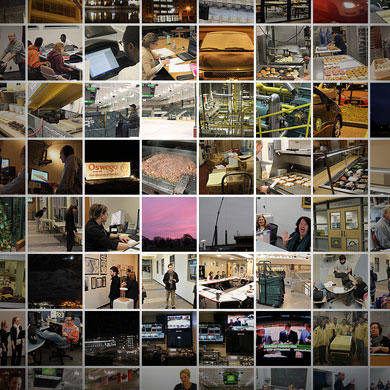
Efforts to collect photos of students exploring all the opportunities on campus always seem harder than it should be. But a day in photos, with multiple contributors, is like a daylong scavenger hunt for real images.

A solution allowing for rapid, broad changes by an individual web professional, so institutions can get out urgent messages quickly.
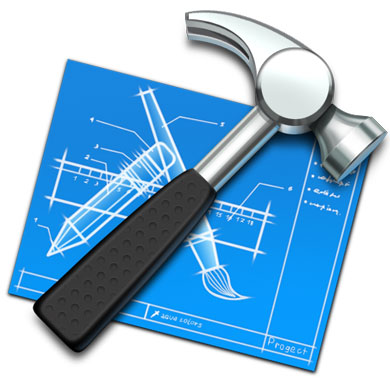
Things in Higher Ed are better than we let on. But how do we build on our awesomeness to help our institutions be successful?

The holiday card: a fixture of the higher educations communications landscape.

Universities have to consider quite a bit in developing a mobile strategy. What devices do you support? Do you go the app or mobile web browser? How do you display disparate information in a cohesive way?